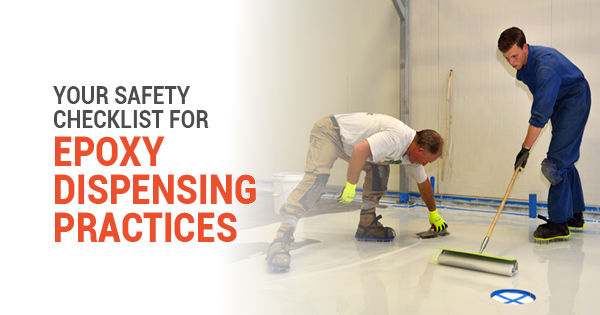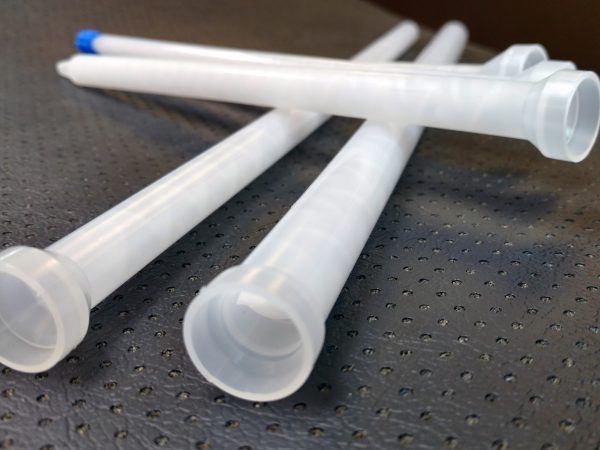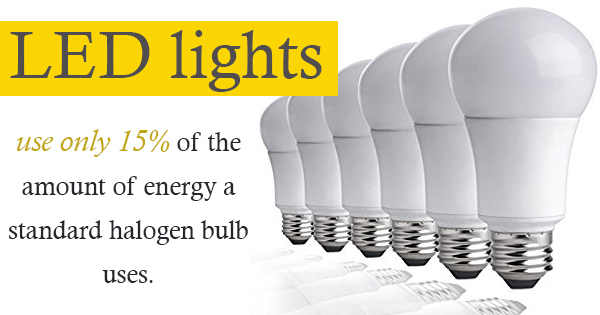Adhesives and Sealants: What’s the Difference?
Industries that use both sealants and adhesives have created a list of vernacular associated with each term, which are often interchangeable or similar. Most often, these materials are applied using meter/mix dispensing solutions offered for industrial projects.
However, while the ways these two materials work on a fundamental level are comparable to each other, they also have strong differences.
The first indication of those differences can be derived from their definitions, as stated by the Handbook of Adhesives and Sealants:
- Adhesives are “substance[s] capable of holding at least two surfaces together in a strong and permanent manner.”
- Sealants are “substance[s] capable of attaching to at least two surfaces, thereby, filling the space between them to provide a barrier or protective coating. “It can be deduced from these definitions that, while they are similar in function, they each have a distinct application purpose.
Adhesives
 An adhesive is used particularly for its ability to bond two surfaces together for an indefinite length of time and varying amounts of stress. Adhesives have strong shear and tensile strength, making them viable bonding materials for high-pressure situations. Applied accurately using a meter/mix dispensing system or adhesive dispenser, they can provide long-lasting bonds. There are two general types of adhesive: structural and non-structural.
An adhesive is used particularly for its ability to bond two surfaces together for an indefinite length of time and varying amounts of stress. Adhesives have strong shear and tensile strength, making them viable bonding materials for high-pressure situations. Applied accurately using a meter/mix dispensing system or adhesive dispenser, they can provide long-lasting bonds. There are two general types of adhesive: structural and non-structural.
- Structural adhesives refer to adhesives with a high shear strength, usually over 1000 psi, and a quality environmental resistance. Structural adhesives are often used in projects in which the strength of the adhesive is imperative to the success of the endeavor and will need to last the life of the product to which it was used. Some solar energy companies use structural adhesives in the process of creating solar panels, which creates cheaper manufacturing and installation. In fact, the price of solar panels has dropped more than 100 times since 1977 and are half as expensive now as they were back in 2008. Other examples of structural adhesives are epoxies, urethane systems, and thermosetting acrylics.
- Non-structural adhesives are often used for temporary projects. Non-structural adhesives are low strength and do not last as long as their counterpart. Wood-glue, elastomers, and sealants are all examples of non-structural adhesives.
Sealants
 A sealant is generally lower in strength compared to an adhesive and is also used for a different purpose. Sealants are often used to fill gaps and resist relative movement of the surfaces to which they are applied. Even though adhesives are generally stronger, sealants provide the assembly with much more flexibility. Examples of sealants can be acrylic systems, silicones, and urethanes.
A sealant is generally lower in strength compared to an adhesive and is also used for a different purpose. Sealants are often used to fill gaps and resist relative movement of the surfaces to which they are applied. Even though adhesives are generally stronger, sealants provide the assembly with much more flexibility. Examples of sealants can be acrylic systems, silicones, and urethanes.
In the industrial world, these materials are often applied using adhesive dispensing systems, involving an MMD (Meter/Mix Dispensing) machine. Industrial meter/mix dispensing solutions create a more accurate and efficient applicating process that doesn’t fatigue the applier. Knowing the difference to which material is right for your process, however, is key to its success. Container size and daily usage amount typically drives the production equipment used for applying adhesives, sealants or encapsulants. When buying in bulk be sure to consult with an equipment solution provider such as EXACT Dispensing Systems for a cost-effective production solution.





